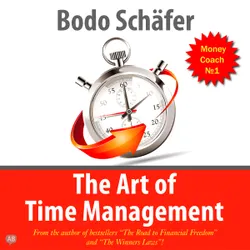The Elliott Wave Principle, formulated by Ralph Nelson Elliott in the 1930s, stands as a prominent tool in technical analysis, aiming to forecast market trends by discerning recurring wave patterns in financial markets. Rooted in the idea that market price movements aren't random but rather follow identifiable patterns shaped by investor psychology, this theory has gained significant traction.
Elliott's framework categorizes waves into two main types: impulse waves and corrective waves. Impulse waves, constituting five distinct moves, align with the primary trend—whether upward or downward. On the other hand, corrective waves, comprising three moves, run counter to the prevailing trend, acting as periods of consolidation or retracement.
Practically, analysts employ chart analysis to identify these wave patterns, labeling each wave numerically or alphabetically. To refine their wave counts and predictions, they use Fibonacci ratios, trendlines, and other technical indicators. The key premise is that understanding the psychological factors influencing market participants allows for anticipating future price movements.
Traders and investors commonly apply the Elliott Wave analysis to various financial instruments, including stocks, commodities, and forex. Advocates argue that the predictive power of the Elliott Wave Theory can enhance decision-making in trading and investment strategies. However, critics emphasize the subjectivity in wave interpretation and the complexity of market dynamics, making consistent application challenging.
In practice, adherents use the Elliott Wave Principle to identify entry and exit points based on the anticipated continuation or reversal of trends. Despite its popularity, it's crucial to approach Elliott Wave analysis with caution, acknowledging that market behavior is influenced by numerous factors, and no single approach guarantees success.












